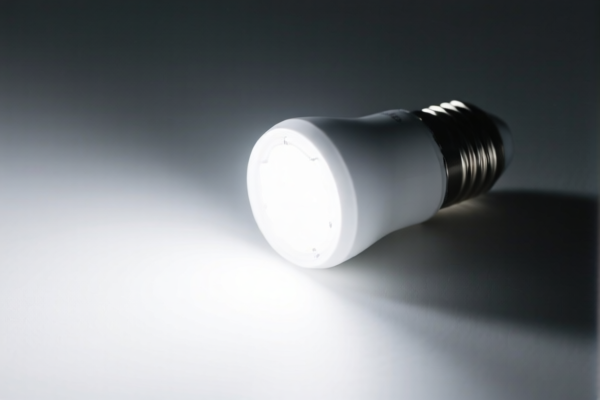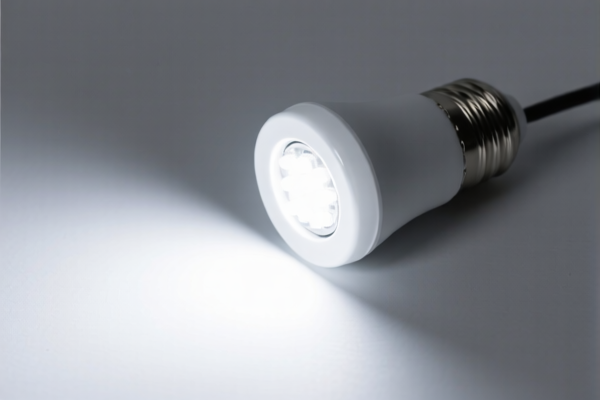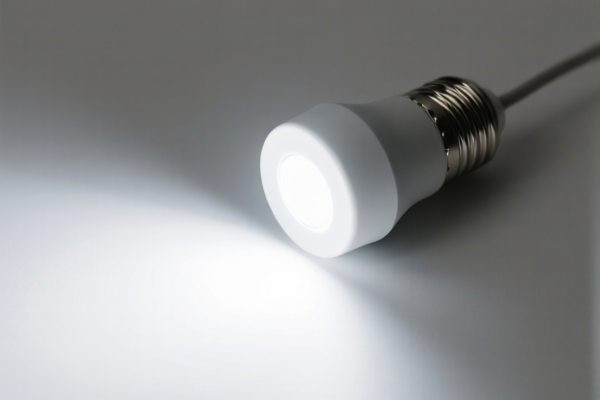| HS Code | Official Doc | Tariff Rate | Origin | Destination | Effective Date |
|---|---|---|---|---|---|
| 8539510000 | Doc | 55.0% | CN | US | 2025-05-12 |
| 8539520091 | Doc | 32.0% | CN | US | 2025-05-12 |
| 8513102000 | Doc | 42.5% | CN | US | 2025-05-12 |
| 8513104000 | Doc | 33.5% | CN | US | 2025-05-12 |
| 9006690150 | Doc | 30.0% | CN | US | 2025-05-12 |




LED Photography Light
LED photography lights are artificial light sources used in photography and videography, utilizing light-emitting diodes (LEDs) to illuminate subjects. They have become increasingly popular due to their efficiency, versatility, and compact size compared to traditional lighting systems.
Material
The core component is the LED chip itself, typically made from semiconductor materials like gallium arsenide phosphide. These chips are mounted on a heat sink, usually constructed from aluminum, to dissipate heat generated during operation. The housing is commonly made of plastic or metal (aluminum alloy) for durability and portability. Diffusers are often made of polycarbonate or softbox fabrics to soften the light output. Power supplies are contained within the light fixture and utilize electronic components.
Purpose
The primary purpose of LED photography lights is to provide controlled illumination for capturing high-quality images and videos. They address limitations of natural light (inconsistency, unavailability) and offer creative control over lighting conditions. Specific applications include:
- Studio Photography: Main lighting, fill lighting, hair lights, background lights.
- Videography: Continuous lighting for cameras, interviews, live streaming.
- Portrait Photography: Soft, flattering illumination.
- Product Photography: Highlighting details and textures.
- Macro Photography: Providing focused, close-up lighting.
- Content Creation: Lighting for social media videos and photos.
Function
LED photography lights function by converting electrical energy into light. Key features influencing their function include:
- Color Temperature: Measured in Kelvin (K), determines the warmth or coolness of the light (e.g., 3200K for warm tungsten light, 5600K for daylight). Many lights offer adjustable color temperature.
- Brightness: Measured in Lumens or Watts, indicating the intensity of the light output. Dimming capabilities are common.
- CRI (Color Rendering Index): A measure of how accurately the light renders colors compared to natural light. Higher CRI values (90+) are preferred for accurate color representation.
- Beam Angle: The width of the light spread. Adjustable beam angles or interchangeable lenses offer flexibility.
- Power Source: Battery-powered (for portability) or AC adapter.
- Control Options: On-board controls, remote control, or DMX control for complex setups.
Usage Scenarios
- Indoor Studio: Controlled lighting environment, using multiple lights for various effects.
- Outdoor Shoots: Supplementing natural light or shooting in low-light conditions.
- On-Location Videography: Portable lights for interviews and documentaries.
- Small Product Photography: Using a single light or a small softbox setup.
- Live Streaming: Providing consistent illumination for webcams and video cameras.
- Portrait Photography: Using softboxes or diffusers to create flattering light.
Common Types
- Panel Lights: Large, flat lights providing soft, diffused illumination. Popular for interviews and portraiture.
- Ring Lights: Circular lights surrounding a camera lens, providing even illumination and a distinctive catchlight in the subject's eyes. Common for beauty and portrait photography.
- COB (Chip-on-Board) Lights: Lights with a single, powerful LED chip, often used with modifiers like softboxes and reflectors.
- Stick Lights: Long, narrow lights providing directional illumination. Versatile for various setups.
- Fresnel Lights: Lights with a lens to focus the beam, offering adjustable beam angle.
- Bi-Color Lights: Lights capable of adjusting color temperature between warm and cool tones.
- RGB Lights: Lights capable of producing a wide spectrum of colors, offering creative lighting effects.
Based on the provided information, “led photography light” can be classified under the following HS codes:
- 8539510000: This HS code covers Electrical filament or discharge lamps, including sealed beam lamp units and ultraviolet or infrared lamps; arc lamps; light-emitting diode (LED) light sources; parts thereof: Light-emitting diode (LED) light sources: Light-emitting diode (LED) modules. This is applicable if the item is an LED module used for photography. The total tax rate is 55.0%, comprised of a 0.0% base tariff and a 25.0% additional tariff, increasing to 30% after April 2, 2025.
- 8539520091: This HS code covers Electrical filament or discharge lamps, including sealed beam lamp units and ultraviolet or infrared lamps; arc lamps; light-emitting diode (LED) light sources; parts thereof: Light-emitting diode (LED) light sources: Light-emitting diode (LED) lamps Other. This applies to other LED lamps used for photography. The total tax rate is 32.0%, consisting of a 2.0% base tariff and a 30% additional tariff after April 2, 2025.
It is important to determine whether the “led photography light” is an LED module or a complete LED lamp to select the correct HS code.
Customer Reviews
No reviews yet.